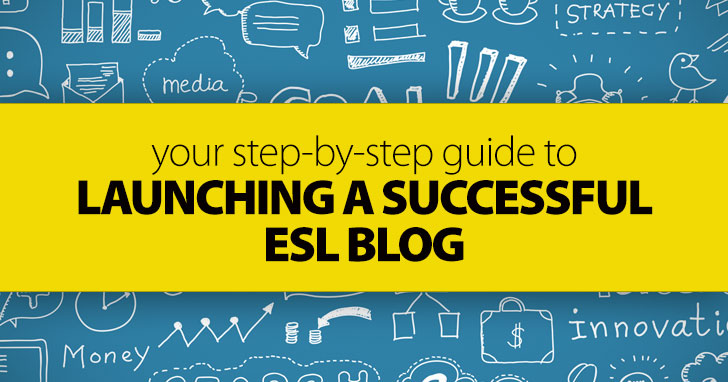Are You Sure This Is School? 3 Out of the Box Ways to Get Students Writing Better


Adventures or mishaps, setbacks or causes for celebration, there are many things worth sharing with other teachers. You’re not alone in this, and your experience may be exactly what another teacher needs to read about. If you want to share your insights into ESL teaching, as well as a few handy tips and friendly advice, you might want to consider becoming an ESL blogger.

First, we need to get a few things straight. There are different types of blogging, the main difference being whether you get paid to write a blog post or not. Let’s clarify some terms:
For the purposes of this article, I’ll focus on blogging for your own site. If you’ve never run a blog before, I recommend you watch this video.
So you decide you want to start your own blog to share your insights, tips and advice with ESL teachers around the world. The first question is: will you create a blog for free on a blogging site or pay for your own domain?
What good is having a blog if no one will read it? And how will people read it if they don’t know it exists?
If you think you have nothing to share, think again. We may all go through similar challenges and problems, but different teachers may have a unique way of dealing with them, special strategies that once shared, have the potential to help other ESL teachers, no matter where they may be in the world.
If so, share below!